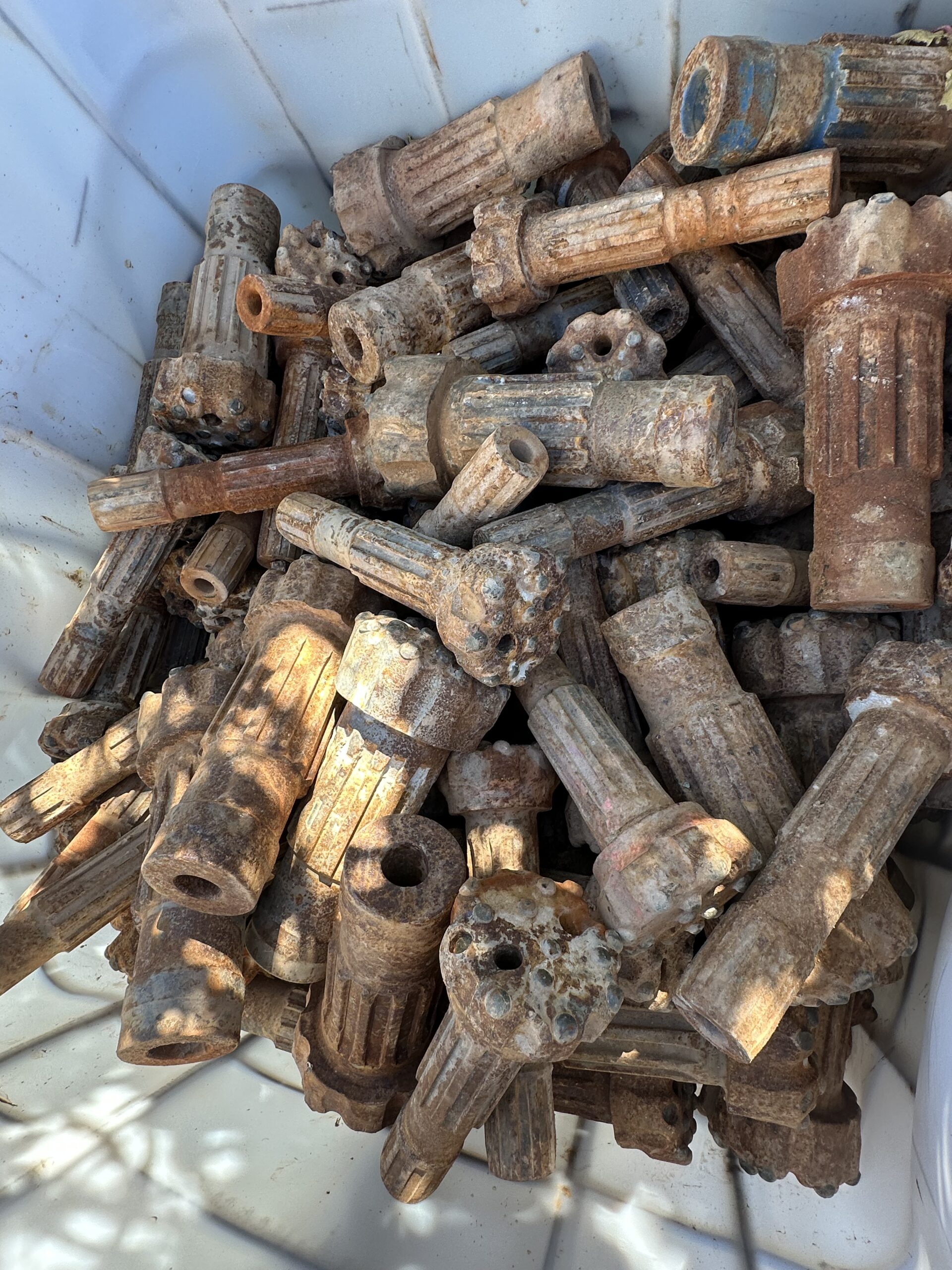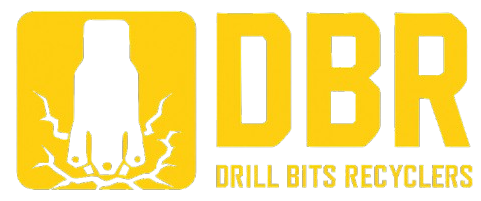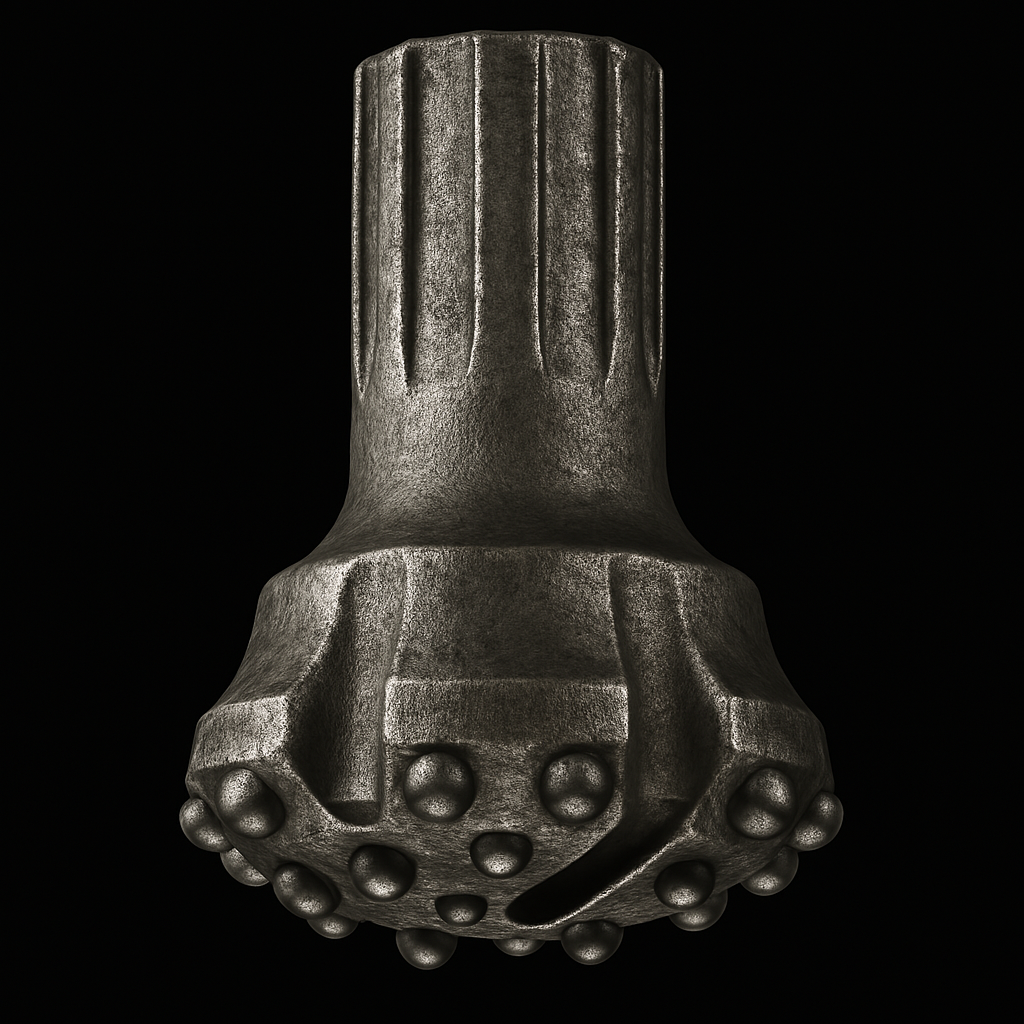Pilbara Proportions: When Mining Scale Redefines Metal Recycling
How massive operations change everything about waste processing
Pilbara Scale Means Pilbara Recycling
The Pilbara isn’t just a mining region, it’s a powerhouse that reshapes how industrial operations think about metal waste. With some of the largest iron ore and resource projects on the planet, the sheer volume of consumables used, from drill bits to structural steel, is staggering. This scale changes everything about how scrap metal is generated, recovered, and reused.
In high-output environments like the Pilbara, even worn tooling holds substantial untapped value. A single site may cycle through thousands of tungsten drill bits and tonnes of high-grade alloys every year. The question isn’t whether recycling matters, it’s how mining operators can turn logistical complexity into profitable metal recovery.
In this blog, we explore why Pilbara’s scale redefines metal recycling, how tungsten and steel scrap play a role in cost recovery, and what strategies help mining teams extract the most value from their waste streams.
Why Pilbara Mining Generates Huge Recycling Potential
The sheer volume of mining equipment and consumables
Mining operations in the Pilbara operate at unmatched scale, requiring vast fleets of machinery, continuous drilling, and constant material turnover. This means a steady stream of consumables, including drill bits, wear plates, pipes, and heavy-duty components that eventually become scrap. What might be a few tonnes of waste elsewhere becomes hundreds of tonnes in the Pilbara, making metal recycling not just viable, but vital.
High-value metals like tungsten and steel in constant use
Equipment used in Pilbara mining is built to endure harsh, abrasive conditions. That’s why tungsten carbide, manganese steel, and high-grade alloys are standard in tooling and structural components. These materials hold considerable recycling value. As tools wear out or machinery is decommissioned, these metals become a significant source of recoverable revenue, especially when processed correctly.
Why recycling is crucial for cost recovery and ESG goals
With rising operational costs and increasing ESG scrutiny, Pilbara operators can’t afford to ignore the financial and environmental value of recycling. Diverting metal waste from landfill, reducing reliance on virgin material, and recovering high-grade metals like tungsten all contribute to both bottom-line savings and sustainability targets. Smart recycling strategies support both short-term profitability and long-term compliance.
Drill Bits Recycling in the Pilbara
How tungsten carbide drill bits hold substantial value
Tungsten carbide is the backbone of modern drilling in the Pilbara, prized for its durability in abrasive conditions. But once these drill bits are worn out, they still hold significant residual value. Each discarded bit contains recoverable tungsten, a high-value, strategic metal with strong global demand. Properly handled, these bits can generate meaningful returns when sold to specialist recyclers.
Sorting and testing drill bits for maximum scrap returns
Not all drill bits are created equal. Some contain higher tungsten concentrations, others include mixed metals or wear differently depending on rock types. To maximise returns, it’s essential to sort drill bits by material type and condition. XRF testing provides fast, on-site analysis of tungsten content, allowing operators to separate premium-value scrap from lower-grade batches and avoid underpayment.
Partnering with specialists for drill bit recycling
General scrap yards may not offer fair prices for tungsten-rich bits or provide the testing accuracy required to unlock true value. That’s why mining operators in the Pilbara increasingly partner with specialist recyclers who understand tungsten recovery, offer transparent pricing, and can manage the logistics of remote-site pickups. The right recycling partner makes the process seamless, safe, and financially worthwhile.
Tungsten Recycling Pilbara, What You Need to Know
Why tungsten recycling is a priority for Pilbara operators
In a region where drilling never stops, tungsten consumption is constant, and so is the potential for recycling. Recovered tungsten can be reintroduced into supply chains, reducing reliance on imported raw materials and lowering the cost of future operations. For Pilbara operators managing multiple sites and contracts, tungsten recycling has become both a financial and strategic priority.
Pricing trends and tungsten scrap market demand
Tungsten prices fluctuate based on global demand, but scrap tungsten often retains a strong floor price due to its reuse potential in industrial tooling, mining, and manufacturing. In recent years, increased demand from energy and defence sectors has kept scrap values competitive.
The environmental benefits of recovering tungsten from mining waste
Beyond profits, recycling tungsten has a measurable environmental impact. Recovering this critical metal reduces the need for energy-intensive extraction processes and contributes to the circular economy. In Western Australia, where mining ESG commitments are under scrutiny, demonstrating responsible tungsten recovery can enhance sustainability reporting and stakeholder trust.
Metal Recycling Services for Large Mining Sites
Handling bulk metal waste from large-scale operations
Mining in the Pilbara generates metal waste at a scale few other industries encounter, from worn-out drill rods to decommissioned structural steel. Managing this volume requires more than a casual scrap run. It demands heavy-duty collection systems, efficient transport, and high-throughput processing facilities that can deal with tonnes of material per job.
On-site collection vs, centralised scrap processing
Remote Pilbara operations often face a logistical choice, move the scrap to a centralised processing facility, or bring the collection to site. While centralised hubs offer processing scale, many operators now opt for on-site collection during shutdowns or scheduled maintenance. This reduces handling costs, improves traceability, and ensures scrap isn’t left behind or mismanaged in harsh, fast-moving environments.
Unique Recycling Challenges in the Pilbara
Remote locations and transport logistics
The Pilbara’s vast distances and rugged terrain make recycling logistics more complex than in metro regions. Sites can be hundreds of kilometres from the nearest processing facility, meaning transport costs and coordination efforts quickly add up. This makes it essential to work with recyclers who understand remote operations and can offer scalable collection options that align with FIFO schedules and project deadlines.
Coordinating recycling during maintenance shutdowns
Mining shutdowns are tightly scheduled, high-stakes operations, and the window for scrap recovery is often short. Coordinating recycling during these shutdowns requires detailed planning, trained staff, and the right equipment ready to deploy. When done well, it becomes a key opportunity to recover large volumes of tungsten, steel, and mixed metals in a single mobilisation.
Weather, access, and FIFO schedules impacting recycling timelines
From cyclonic weather patterns to limited road access during the wet season, Pilbara conditions can delay even the best-laid recycling plans. FIFO roster rotations also affect site access and operational continuity. Successful recycling partners work within these constraints, offering flexible service windows and contingency planning to ensure collections still happen, even when the Pilbara throws a curveball.

Maximising Returns from Pilbara Mining Recycling
Best practices for sorting and cleaning scrap materials
Clean, well-sorted scrap always fetches a better price. In the Pilbara, where materials often accumulate during intense production cycles, it’s crucial to separate tungsten carbide from general steel, and remove contaminants like grease, rubber, or dirt. Pre-sorting scrap at the source, or during shutdowns, improves both payout and processing efficiency.
How XRF testing and material grading improve payouts
XRF (X-ray fluorescence) testing helps determine the precise alloy composition of your scrap, critical for maximising returns on high-value materials like tungsten, stainless, and nickel alloys. Inaccurate grading often results in underpayment. By verifying material content on-site or with a certified recycler, you ensure the value of each load is correctly identified and paid for.
Case examples of mining operators boosting revenue through recycling
Mining companies across the Pilbara have turned passive scrap into active revenue streams. One iron ore operation began sorting and testing drill bits quarterly, generating six-figure returns from what was once treated as waste. Another site implemented on-site scrap storage and bulk pickups, cutting transport costs and improving ESG compliance. When recycling is treated as a structured process, not an afterthought, the financial and environmental payoffs are real.
Conclusion, The Future of Recycling in Pilbara Mining
The sheer scale of mining in the Pilbara demands a different approach to metal recycling. From tungsten-loaded drill bits to high-volume scrap generated during shutdowns, every piece of metal has the potential to be recovered, reused, or repurposed.
Understanding how local conditions impact logistics, pricing, and recovery rates is key to unlocking real value. With the right processes, partners, and testing in place, even the most remote operations can turn scrap into profit, while supporting sustainability and ESG outcomes.
Contact our DBR recycling experts to unlock value from your scrap metals.

